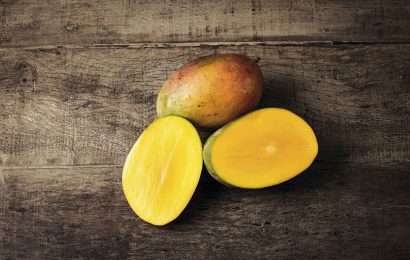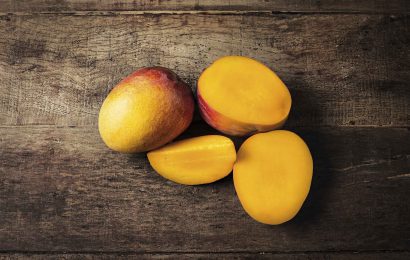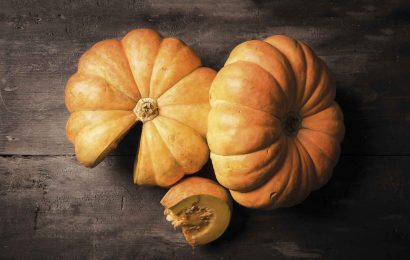Anacardium occidentale L.
Parnamirim, city in Rio Grande do Norte, is proud to have what is considered the largest cashew tree in the world: every year, the century-old tree produces about 70,000 cashews. Those who visit the place from November to January have the privilege of tasting the cashew apples directly from the tree. From the Amazon, where many believed it originated, cashew trees were spread throughout the world. In Brazil, they thrive in coastal regions of the North and Northeast regions, especially in Ceará and Piauí, where fresh cashew apples – which are actually the “stems” that hold the true cashew fruit: the nut – can be easily found, with their thin skin in hues of orange, yellow or red, and their fragrant, fleshy and juicy pulp. Very high in vitamin C, it has a refreshing flavor that can go from sour to sweet. It is used to make juices, ice creams, compotes, and sauces, and also dried or candied. The juice is also used to prepare two emblematic drinks of the Brazilian northeastern culture: cajuína, a bottled soft drink made with filtered and clarified cashew apple juice, and the cashew wine, a fermented beverage with 10-14 % alcohol content.



